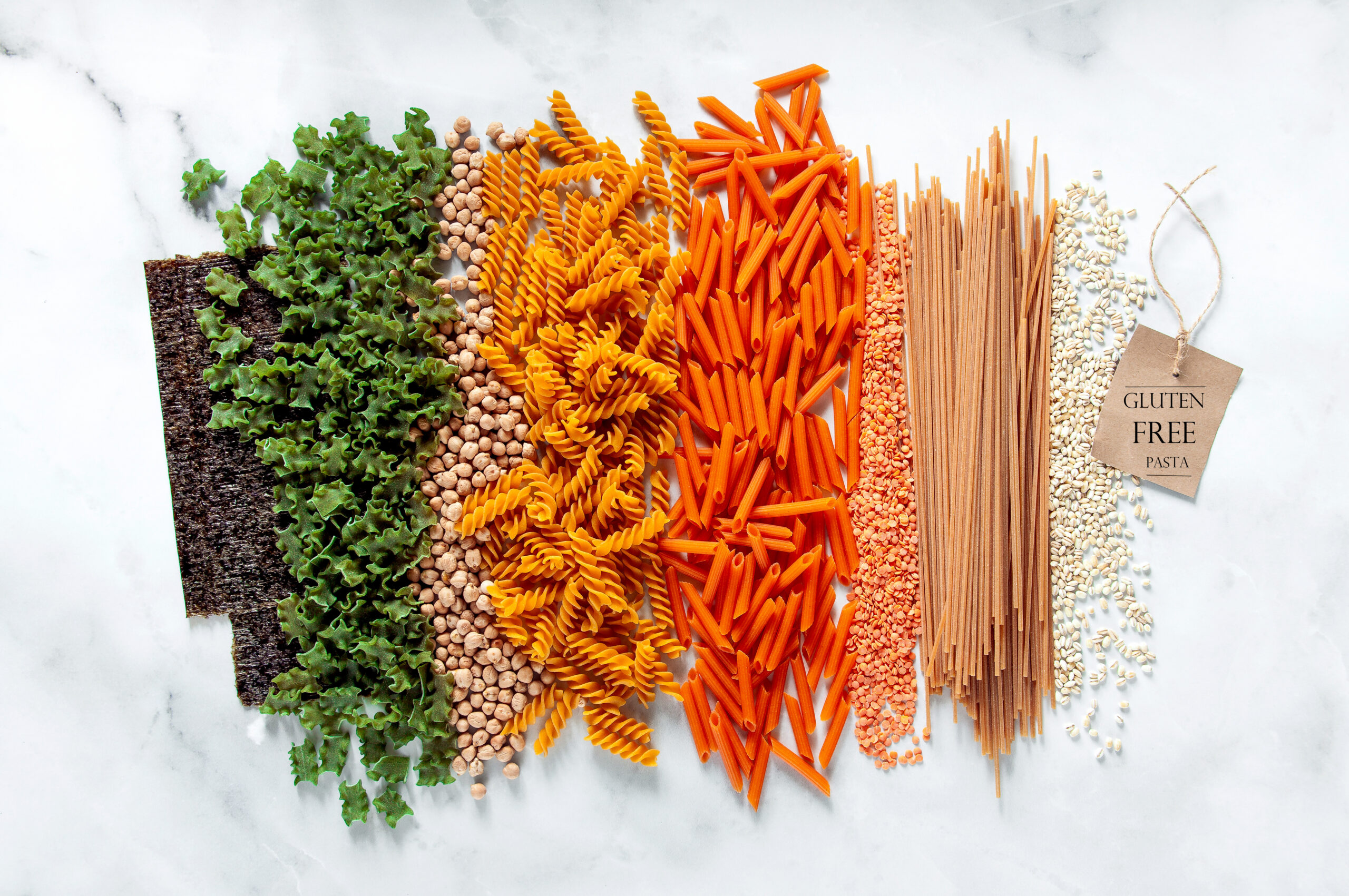Eating when you have an autoimmune disease can feel like a risky business. Especially if you haven’t prepared the meal yourself.
Have you ever:
- Had a lovely meal out, only to suffer stomach cramps and long trips to the toilet or other autoimmune symptoms when you returned home?
- Discovered a sensitivity to an ingredient that used to be harmless?
- Realised the list of ‘safe’ foods you can eat is getting smaller and smaller?
- Had a severe flare up of autoimmunity after eating something different?
Though you may feel alone, this is more common than you think. Those of us with autoimmune disease have to tread so carefully — because one slip up can have us back in bed for weeks and weeks. But it’s not your fault that you can’t always identify what’s going to make you ill. The culprits might be the very foreign sounding issues of molecular mimicry and cross reactivity. And once you are aware of this it becomes easier to understand, and forgive yourself these slip ups. You can plan to alter your eating habits for the better. But what does molecular mimicry mean?
What Is Molecular Mimicry?
When your immune system detects an invader, it’s quick to react to the virus, bacteria, organism, or allergen. Your white blood cells leap into action, the neutrophils responding quickly and attacking the invader directly, while specific lymphocytes split into T-cells and B-cells.
T-cells can be memory T-cells, that hold the antigen (IgE) of a previous infection, or naive T-cells, which can respond to new threats. Lastly, Regulatory T (reg) cells police your immune response. B-cells secrete antibodies which attach to the invading cell – marking it for destruction like a tree that needs to be chopped down. Other immune cells carry out the order. Some of these B-cells become memory B-cells, which remember the infection and can protect against a future attack from that specific antigen.
How does molecular mimicry lead to autoimmunity?
So your B-cells and T-cells are clever and can ‘remember’ past threats because they recognise part of the protein belonging to the invader – they analyse small, broken down sections of dead bacteria and viruses. When all is well, these short segments of protein are the only way to trigger such an intense immune response.
But because your T-cells are clever, they also read similar protein segments as a threat. Often these segments belong to otherwise benign food or substances. But this way your immune system can identify your own body tissues as a threat, causing autoimmunity and damage to the self. This is what’s known as molecular mimicry, and it can cause further complications to your health.
Autoimmune diseases caused in part by molecular mimicry include:
- Rheumatoid Arthritis
- Coeliac Disease
- Multiple Sclerosis (ME)
- Systemic Lupus Erythematosus (Lupus)
- Graves’ disease (which causes hyperthyroidism)
Molecular mimicry is also important in relation to the food you eat. If your immune cells are less picky over what they attack, they can also begin interfering with your enjoyment of certain foods, through cross-reactivity.
What Is Cross-Reactivity in Allergies?
Cross reactivity occurs as a result of molecular mimicry. Your immune system can also find similarities in the protein chains that make up different foods. So if you’re allergic to one food, your autoimmunity may misidentify a similar, but benign, food, and decide to neutralise or remove this unnecessarily. It’s not limited to food allergies either – certain pollen and skin allergies are connected to food allergies through cross-reactivity.
Examples of cross-reactivity include:
- Peanut allergy can also cause a cross reactivity with:
- Other legumes such as green peas, soybeans, chickpeas and kidney beans.
- Tree nuts such as cashews, almonds, macadamias, hazelnuts, and Brazil nuts.
- Seeds such as sesame, sunflower, and lupin.
- Peaches and hazelnuts in one Spanish population.
- Nut cross reactivities occur between:
- Walnuts, hazelnuts, and pecans
- Cashew and pistachio
- Fish cross reactivities include:
- Salmon with swordfish & sole
- Shrimp and prawns with other shellfish
- Chicken
- Cow’s milk cross reactivities include:
- Goats milk
- Sheep’s milk
- Beef
- Oral Allergy Syndrome (OAS) which is a pollen allergy that also causes an itchy mouth or throat when you eat certain foods. Examples include:
- Birch pollen, and stone or kernel fruit, including raw apple, pears, cherries, and peaches. Can also include carrots, peanuts and hazelnuts, celery, parsley, fennel, carraway, coriander, aniseed, and tomato.
- Ragweed pollen and the following foods: melon, courgette, honeydew, cucumber, watermelon, and banana.
- Mugwort pollen and several foods: carrot, celery, parsley, fennel, carraway, coriander, aniseed, celery, black peppercorns, bell pepper, mustard, garlic, onion, peach, broccoli, cauliflower, cabbage
- Timothy grass pollen and lychee, apple, celery, tomato, corn, bell pepper, and paprika.
- Peach cross reactivities include:
- Apple
- Plum
- Cherry
- Pear
- Pomegranate
- Cantaloupe cross reactivities include:
- Banana
- Avocado
- Watermelon
- Wheat cross reactivities include other grains such as:
- Barley
- Rye
- Oats
- Rice
- Corn
- Latex allergy occurs because it’s a natural substance that comes from rubber trees. Cross reactivities include:
- Banana
- Avocado
- Kiwi
- Chestnut
- Carrot
- Celery
- Apple
- Papaya
- Tomato
- Melons
- Potato
- Tomato
- Melon
Many of these cross reactivities are reciprocal – meaning they go both ways. For example if you already have an allergy to bananas, you have a higher risk of developing an allergy to ragweed pollen, cantaloupe, and latex.
Remember, these aren’t set in stone, you simply have an increased risk of developing further allergies because of the way your immune cells process and identify antigens. But it’s useful to be aware of these cross reactivities so you can spot when it may be affecting your health and autoimmune disease.
What About Cross-Reactivity in Autoimmune Disease?
I’ve written about the links between food sensitivities and autoimmunity [before] because it’s a good starting point if you’re thinking about making dietary changes. Cross-reactivity can also play a part in your flare ups – and it’s tricky because many people with autoimmune disease aren’t even aware of the issue.
Allergies are linked with the following autoimmune diseases:
- Coeliac disease – cross reactivity can occur with other grains, particularly oats and barley.
- Inflammatory bowel disease (IBD) – linked with allergic rhinitis.
- Rheumatoid arthritis – linked with pollen allergy.
- MS – Multiple sclerosis patients with food allergies have more disease relapses.
- Grave’s disease – linked with allergic rhinitis.
- Lupus – linked with allergic rhinitis.
The connection between these allergies and diseases appears to be an overworked immune system. And a ramped up immune system is more likely to attack your own tissue, also known as autoreactivity.
How can I manage my autoimmune disease and food sensitivities?
If you’ve been researching your food sensitivities you may already know just how many autoimmune diets there are to choose from. It’s hard not to feel overwhelmed! Here are some tips to help you manage your food sensitivities:
- Be mindful of possible cross-reactivity with other foods, but don’t restrict these foods, unless you develop symptoms. Extreme restriction of foods can interfere with your [oral tolerance]
- Eat a wide variety of fresh foods where possible. There’s a reason the saying “eat the rainbow” is so popular – you want to take in a wide range of nutrients.
- If you have regular gastrointestinal issues, it may be beneficial to try a [restriction diet] – but only for the short term, to work out if you have specific food sensitivities.
- Your microbiome needs to be fed too! Try introducing fermented foods into your diet, as a healthy microbiome can help you tolerate more foods.
- [Tailor your diet] to you and your individual needs. With autoimmunity, what works for others may not work for you – you may need to make adjustments to a popular autoimmune diet to really feel the benefits.
- Don’t go it alone! We are here to help you work out the diet and lifestyle interventions that work for you and your autoimmune health, no matter how complicated it feels. It’s time to thrive. Click here to book in for a call!
- Learn more about picking the best foods for vitality and leading a healthy life with my Foundations of Health Program.
- Stay up to date with my new blogs, recipes and recommendations: Sign up for my newsletter!






